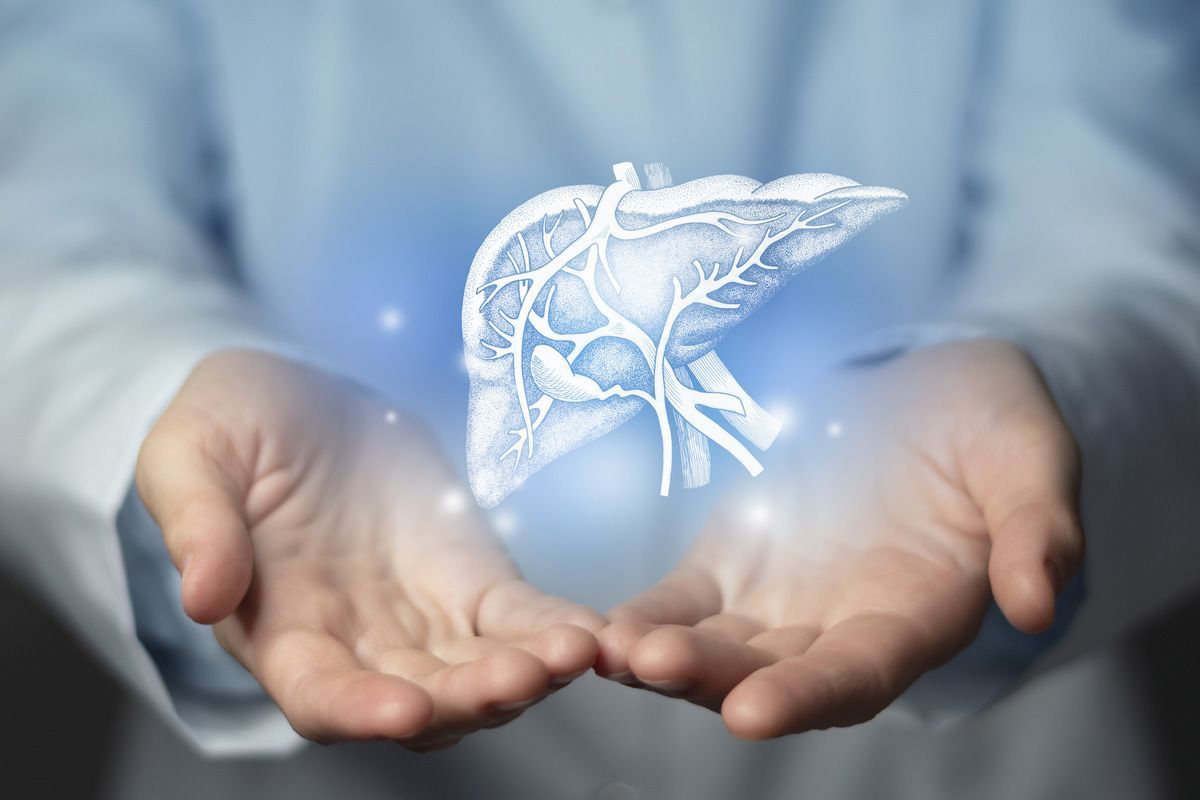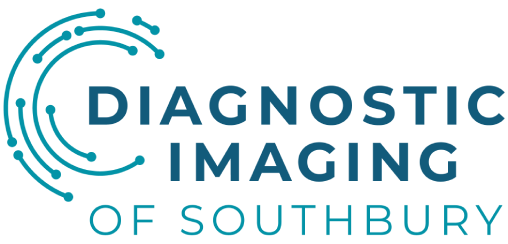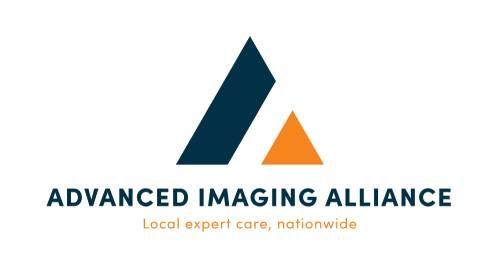What Is Elastography, And How Does It Help in Liver Disease Diagnosis?

Internal organs are usually elastic and supple. In fact, stiffness and lack of elasticity may be a sign of disease. Elastography is a type of medical imaging that tests the elasticity of an organ. Doctors may order liver elastography when they suspect liver disease is present.
Hepatitis B, hepatitis C, fatty liver disease, and other chronic liver diseases can damage the liver; this damage can lead to the formation of scars. As scar tissue accumulates, it can cause the liver to lose elasticity. Elastography is a crucial component of liver disease diagnosis, as it enables doctors to detect liver disease and assess its severity.
Overview of Elastography and Its Significance
Elastography uses low-frequency vibrations during an ultrasound or MRI to create images of the liver or other organs.
Importance of Liver Health and Timely Diagnosis
The liver performs more than 500 functions, from producing important substances and balancing blood sugar to removing waste products and controlling immune responses. Disease can prevent the liver from doing its job, and this can lead to significant illness.
Many liver diseases develop slowly and produce few or no symptoms in their early stages, when they are most responsive to treatment. A timely diagnosis can help patients begin treatment as early as possible, leading to better outcomes.
Principles of Ultrasound Elastography
A member of the radiology team moves a hand-held device, known as a transducer, across the patient’s skin. More specifically, they will move the transducer over a small portion of the liver, just under the ribcage on the right side of the patient’s body. The transducer produces a series of painless vibrations that strike the liver and bounce back to a computer, which uses the information to create an image of the organ. The image displays the size and shape of the tissue, as well as signs of disease, including the presence of stiffness or fluid.
Basics of Elastography
Elastography measures how fast the vibrations move through the tissue: the faster the pulses move, the stiffer the tissue.
Physics of Strain Imaging
Strain elastography measures stiffness by applying pressure to the tissue. Pressure deforms or “strains” the tissue; healthy tissue will show signs of strain, while stiffer tissue will be less deformed.
Shear Wave Imaging Explained
The term “shear waves” describes how energy can travel. A shear wave is somewhat like shaking a rope, where the rope moves up and down, but the energy travels forward in a straight line. In shear wave imaging, a higher-intensity pulse creates shear waves, which travel faster through stiffer tissue.
Shear wave imaging uses color-coding to create a visual interpretation of tissue stiffness.
Liver Diseases and Their Diagnosis
More than 100 diseases can affect the liver, and each can cause similar symptoms. Many of these conditions are progressive, which means they can worsen in stages over time.
Stages of Liver Disease
Stages of liver diseases include:
- Inflammation – also known as hepatitis, this stage involves swelling of the liver; it may not cause symptoms
- Fibrosis/scarring – development of scars, which causes stiffness of the tissue; some amount of fibrosis may be reversed if caught and treated early
- Cirrhosis – permanent scarring of the liver
- Liver failure – the liver can no longer work well enough to meet the body’s needs
Symptoms and Complications
In its early stages, liver disease may not cause symptoms. When it does, symptoms may include:
- Upper abdominal pain on the right side
- Loss of appetite or nausea
- Fatigue
As it progresses, scarring prevents bile from moving from the liver into the digestive tract. Instead, the bile enters the bloodstream to cause signs and symptoms, such as:
- Jaundice, or yellowing of the skin and eyes
- Dark-colored urine
- Light-colored stool
- Digestive issues, especially when it comes to digesting fats
- Weight loss and muscle loss
- Musty-smelling breath
- Trouble thinking
- Itchy skin without a rash
Focus on Cirrhosis and Liver Failure
The scar tissue associated with cirrhosis prevents blood from flowing through the liver. Over time, the lack of blood flow can lead to liver failure.
Benefits of Early Detection
As with many conditions, liver diseases respond best when treated in their early stages, before scarring interrupts blood flow.
Patient Preparation and Test Risks
Before undergoing elastography, patients should receive instructions on how to prepare for the test and be informed about the risks associated with the procedure.
How to Prepare for an Elastography Exam
To prepare for elastography, patients should:
- Avoid eating or drinking anything high in sugar, as sugar can affect how the liver functions during the test
- Fast (avoid eating or drinking anything) for as long as instructed before the exam
- Wear loose-fitting clothing and leave jewelry at home
- Tell the radiologist if you have any metal in your body or if you think you might be pregnant
Risks and Safety Considerations
There are no known safety or risk considerations associated with elastography.
Frequently Asked Questions About Liver Elastography
Is elastography safe and non-invasive?
Yes! There are no known safety concerns associated with this exam, and it is non-invasive.
Do I need to fast or follow any prep instructions?
Before your test, your radiologist may recommend that you avoid eating or drinking, especially food or beverages that contain sugar.
What do elastography results mean?
Doctors measure liver stiffness in kilopascals (kPa). Normal results are usually 2 to 7 kPa. Results higher than 7 kPa may indicate liver disease. The highest possible result is 75kPa.
Is Elastography covered by insurance providers?
Insurance providers may cover the cost of elastography if the test is medically necessary.
For more information on liver health imaging with elastography, connect with NVRA. Our team of radiology professionals provides elastography and other tests to help your doctor diagnose liver disease.





